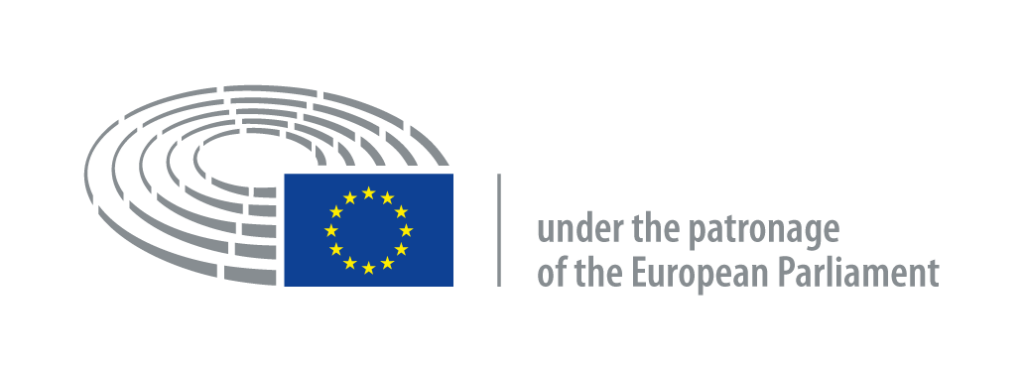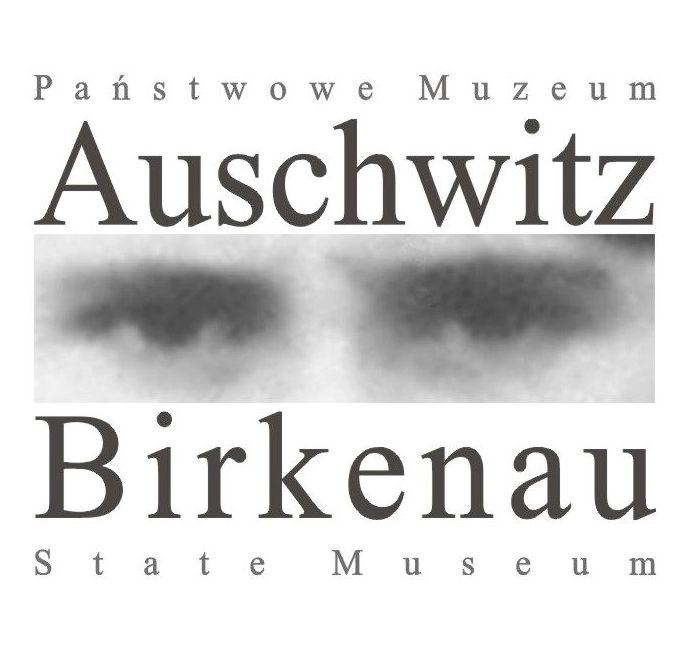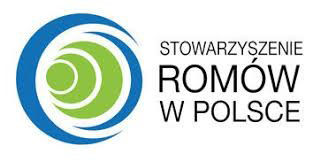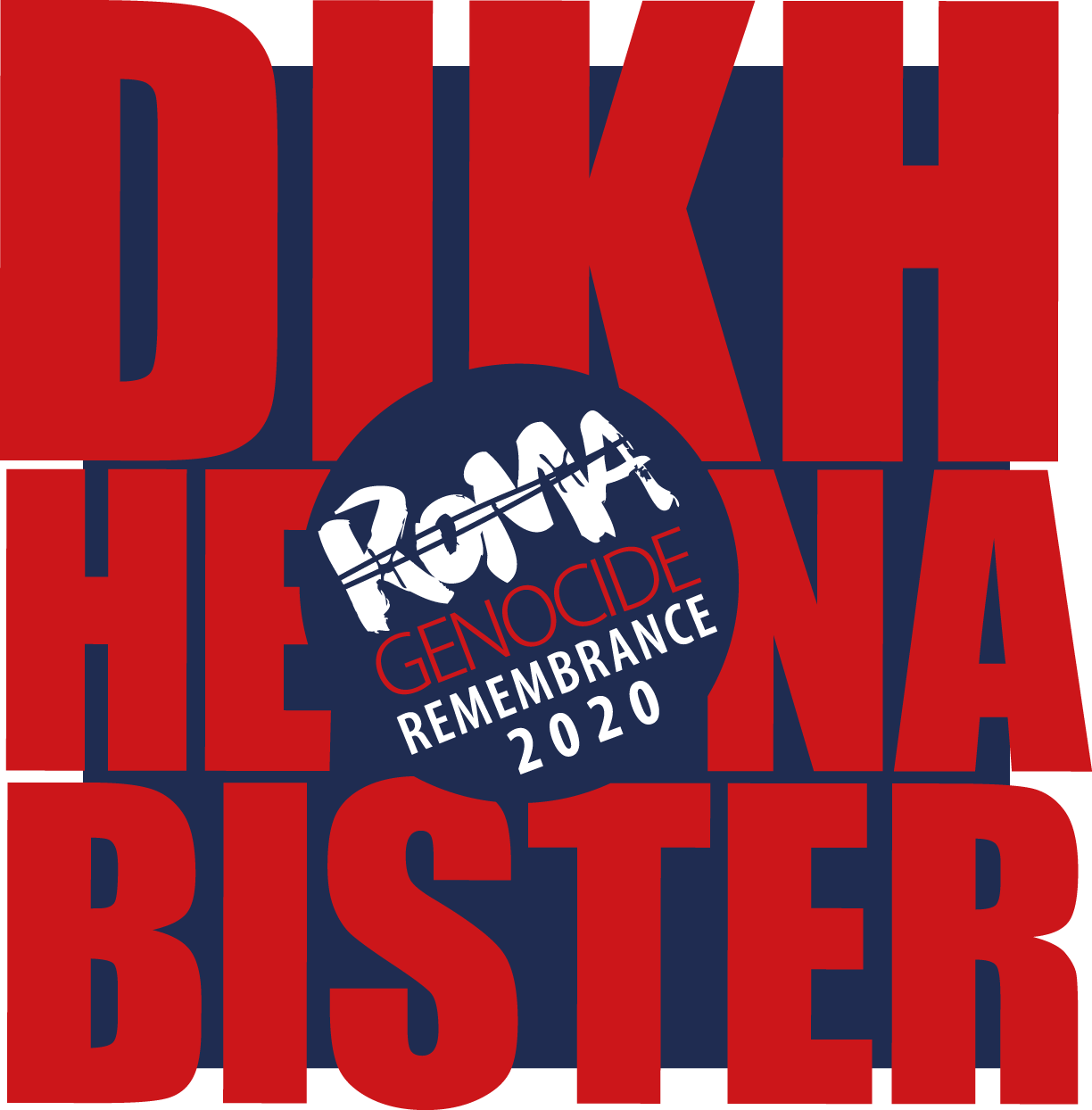photo: Jaroslaw Praszkiewicz
The destruction of Roma and Sinti in the “Zigeunerfamilienlager”
Extract from "The Destruction of European Roma in KL Auschwitz: A guidebook for visitors"
Roma were dying in the Zigeunerlager as a result of diseases, hunger, medical experiments and terrible living conditions. They were also victims of mass murder. According to the account of one of the prisoners, on March 23rd, 1943 ca. 1,700 Polish Roma transported from Białystok, among whom cases of typhoid were discovered, were murdered. These Roma had not been registered as prisoners of the camp. In February 1943 they were sent to barracks 20 and 22 of the Zigeunerfamilienlager which were isolated from the rest of the camp. They were murdered mostly in the gas chamber and crematorium II in Birkenau.
Dr. Mengele ordered Lageraltester Brodniewicz to call SS men and then escort out the Gypsies held in barracks 20 and 22. They were lined up in the road and they were not spared beating on this occasion. This was done by the German prisoner functionaries (block seniors) and Lageraltester Bruno Brodniewicz. After lining the Gypsies up and counting them, Dr. Mengele ordered the SS men who arrived in the meantime to escort the whole group of ca. 1,700 persons out of the camp. The other Gypsies in the Camp were in consequence forced into their barracks. The transport consisted of men, women, and children of various ages. The Gypsies, escorted by the SS men, went through the gate and then walked along the road between crematoria IV and V. Then they passed the building of the Sauna which was under construction , to disappear for a while behind a little forest next to crematorium III. I could see that they were entering the undressing room and gas chamber of crematorium II using the west side staircase. It was not difficult to herd the Gypsies into these rooms, especially because of the camouflage by the constructors of the gas chamber and crematorium, who put some pipes on the ceiling. Also the distribution of soap and towels could allay everyone’s suspicions. In spite of this, Roma instinctive distrust caused unrest and some resistance, broken by the beating by SS men and Jews from the Sonderkommando. Not even half an hour had passed since the last Gypsy was pushed into the “undressing” room, when smoke appeared over the chimney of crematorium II. The western wind brought to us the sweetish smell of burnt corpses, the last sign remaining of 1,700 Gypsies.
An excerpt from the recollections of Tadeusz Joachi- mowski, a Polish prisoner of KL Auschwitz, performing the function of a scribe in the Zigeunerlager. APMA-B. Recollections, vol. 2003, 50-65.
On May 25th , 1943, 1035 persons were murdered (507 men and 528 women). They were Polish Roma from the Białystok region and Austrian Roma/Sinti brought to the Zigeunerlager on May 12th , 1943. Also among them cases of typhoid were found. The victims were introduced to the camp’s evidence. This is how the former prisoner, Tadeusz Joachimowski, recalls this event (with the help of slightly different figures):
Around May 12, 1943, 971 Polish Gypsies were brought from Białystok. The same day, also 76 Gypsies from Austria arrived. They were put together in one block. After few days it was discovered that in the Białystok transport there are persons sick with typhus. They were taken to the Krankenbau and Dr. Mengele was informed about it...In the Krankenbau Dr. Mengele selected those sick with typhus. They were joined by all Polish and Austrian Gypsies who arrived around May 12. They were brought to the gas chambers and killed there.
Account by Tadeusz Joachimowski, a Polish prisoner of KL Auschwitz, performing the function of a scribe in the Zigeunerlager. APMA-B. Statements, vol. 13, 56-80.
In spring 1944, prisoners of the Zigeunerlager who were young, healthy and able to work began to be transferred to labor and concentration camps in Germany. During one of the selections, prisoners who believed it to be the beginning of the liquidation of the camp, decided to resist. Roma prisoners barricaded themselves in their barracks and did not come out when called by the guards who, therefore, had to change their plans. This event is currently intensively commemorated by Roma activists as “Romani Resistance Day” (May 16th ) and constitutes part of the social frames of memory developed by the Roma political movement. In these frames, active resistance, the struggle of Roma and Sinti against the genocidal policies of the Nazis and their allies is emphasized.
[A]t about seven o’clock in the evening I heard the gong announcing Lagersperre. Trucks drove up to the Gypsy camp and an escort of about fifty to sixty SS men armed with automatic rifles got out. The SS men surrounded the barracks inhabited by the Gypsies. Several SS men went into the residential barracks shouting “Los! Los!” there was complete silence in the barracks. The Gypsies gathered inside, armed with knives, shovels, iron tools, crowbars, and rocks, waited to see how events would unfold. They did not come out of the barracks. Consternation prevailed among the SS. They left the barracks. After conferring briefly, they went to see the commander of the operation at the Blockführerstube. After a certain time, I heard a whistle being blown. The SS men who had been surrounding the barracks left their posts, climbed onto the trucks, and drove away.
Account by Tadeusz Joachimowski, a Polish prisoner of KL Auschwitz, performing the function of a scribe in the Zigeunerlager. APM-B. Statements, vol. 13, 56-80.
In the next days the selection of prisoners of the Zigeunerlager continued and the young and physically strong were chosen. One of the criteria was military service in the German army: the former soldiers of Wehrmacht could also take their families with them. Finally, this group consisted of more than 1,500 persons who on May 23rd, 1944 were marched to Auschwitz one and put in blocks 9 and 10. A little over 200 persons from this group were the next day sent to camps in Germany: KL Flossenbürg (82 men) andKLRavensbrück (144 women).
Sìnte aj Rroma and-o Auschwitz
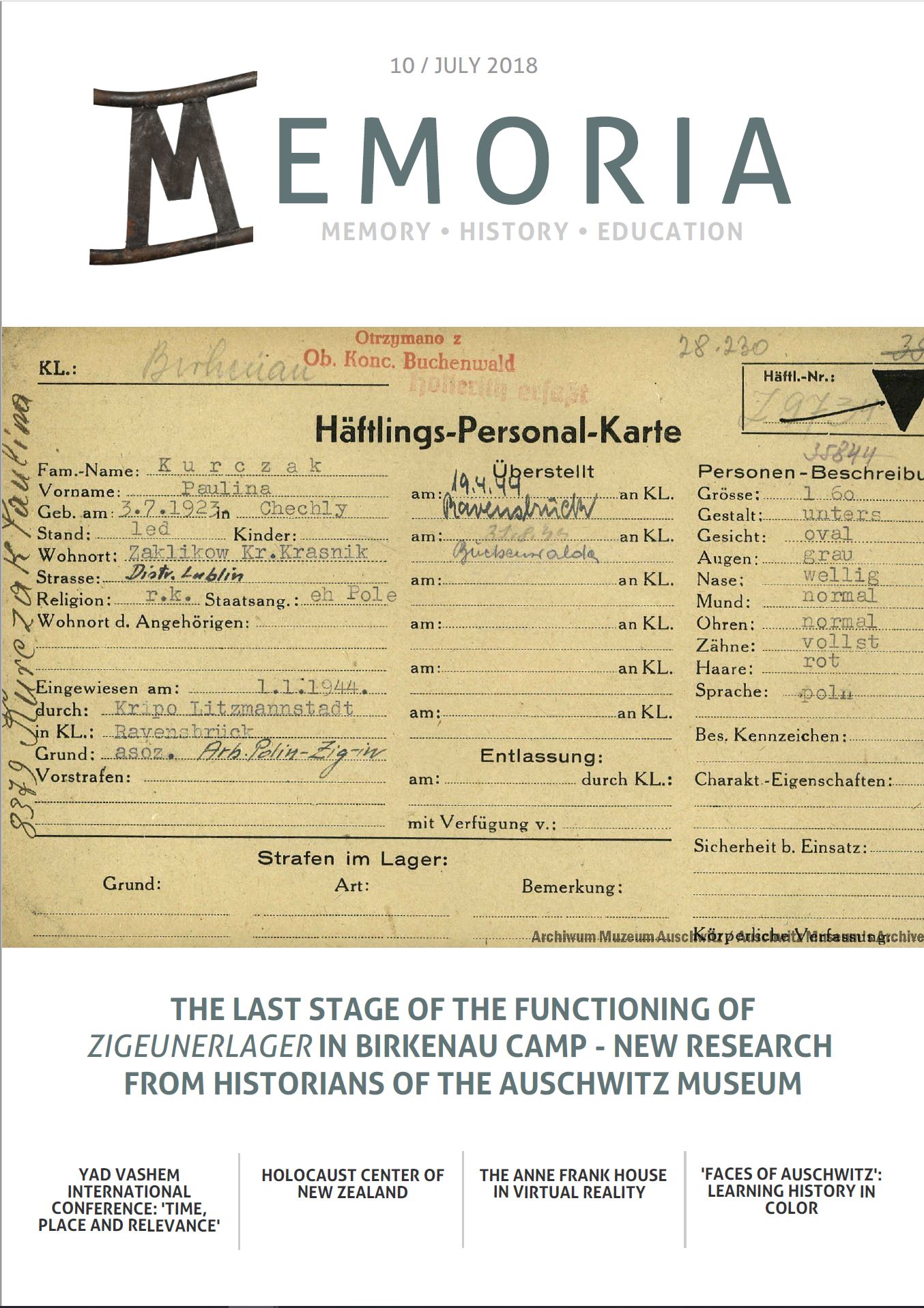
The last stage of the functioning of the ‘Zigeunerlager’ in the Birkenau Camp
Recent research by historians of the Auschwitz Museum
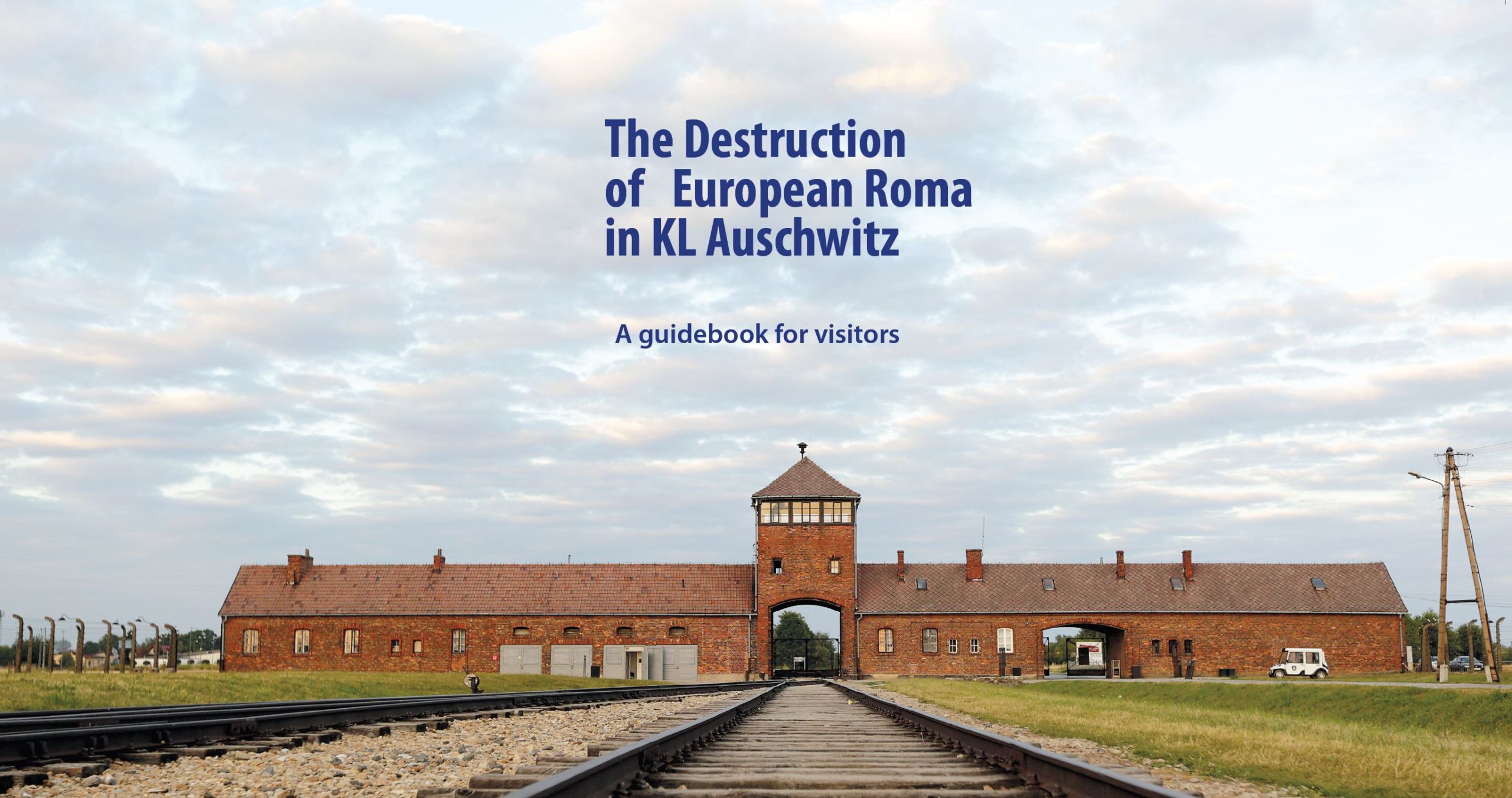
The Destruction of European Roma in KL Auschwitz
A guidebook for visitors
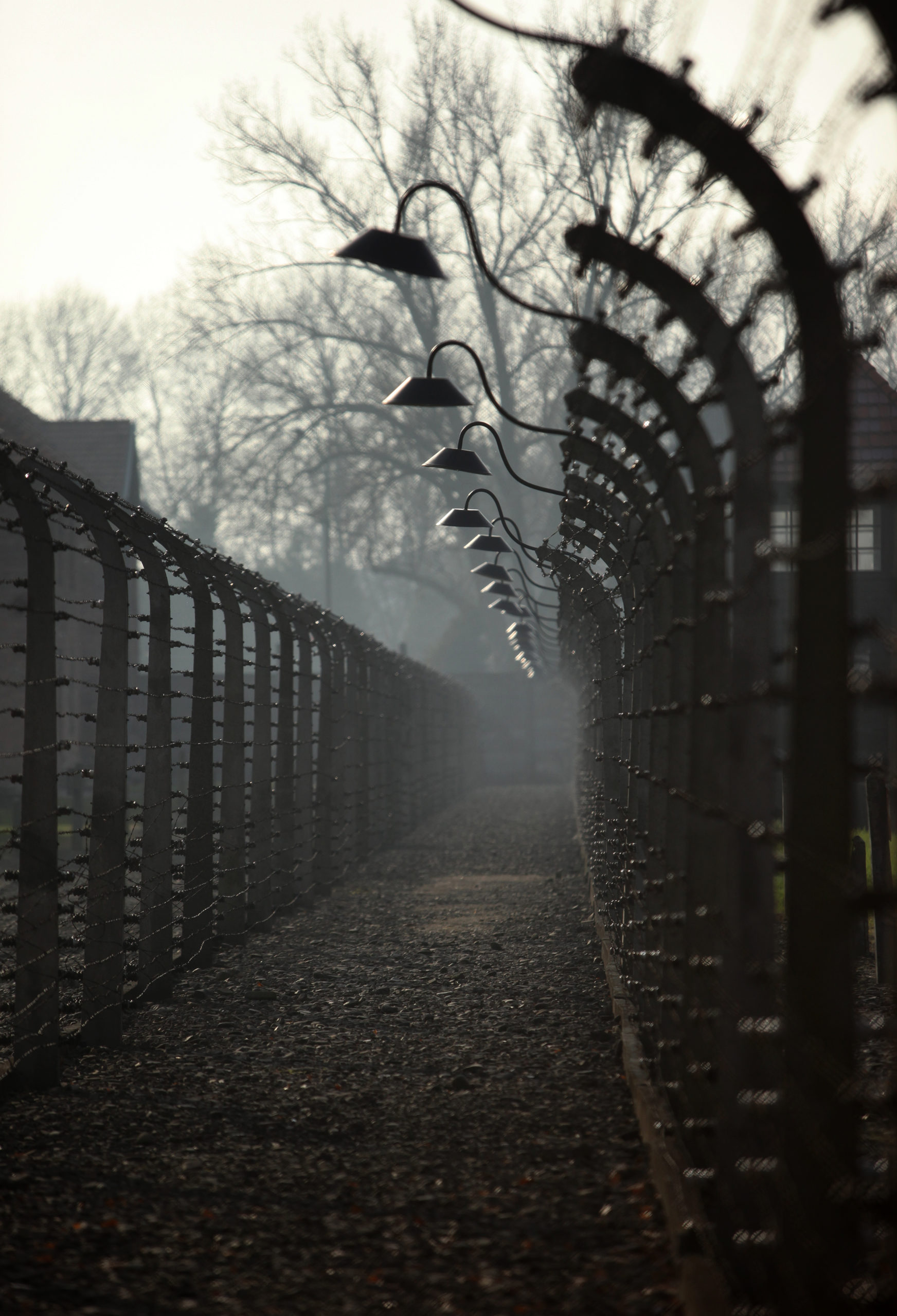
The genesis and course of the Nazi persecution of Roma and Sinti
Extract from “The Destruction of European Roma in KL Auschwitz: A guidebook for visitors”
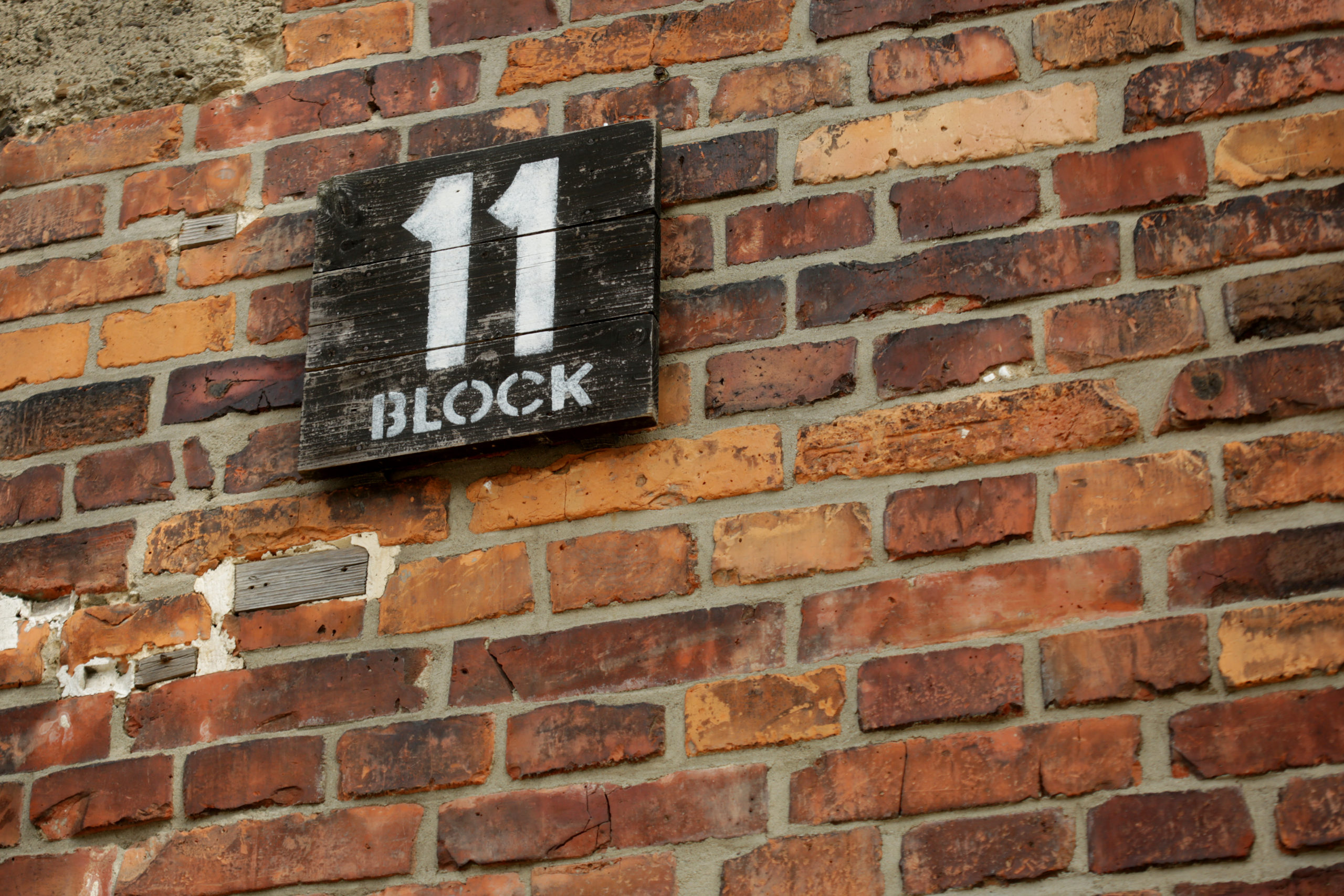
Block 11
Extract from “The Destruction of European Roma in KL Auschwitz: A guidebook for visitors”
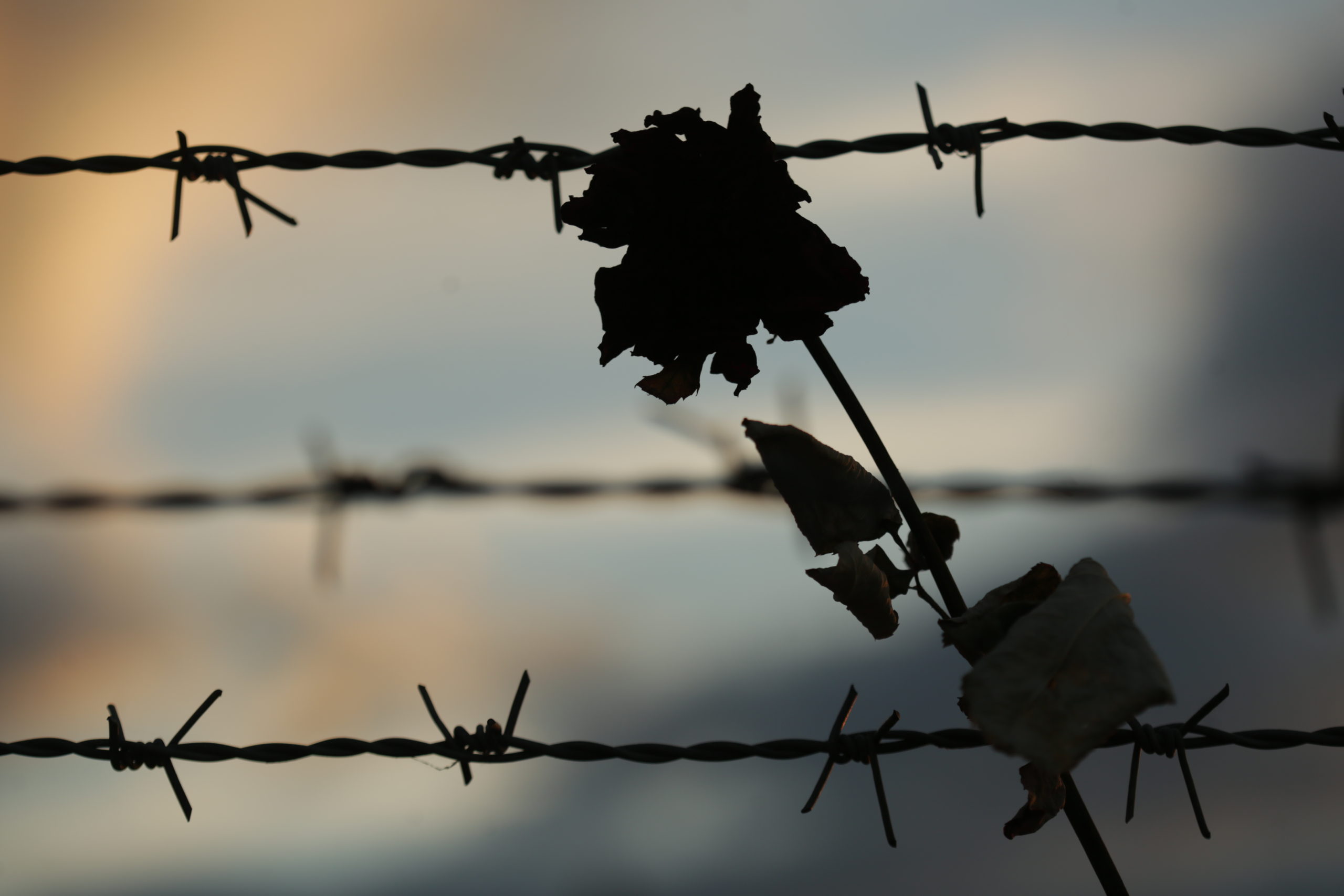
Escapes
Extract from “The Destruction of European Roma in KL Auschwitz: A guidebook for visitors”
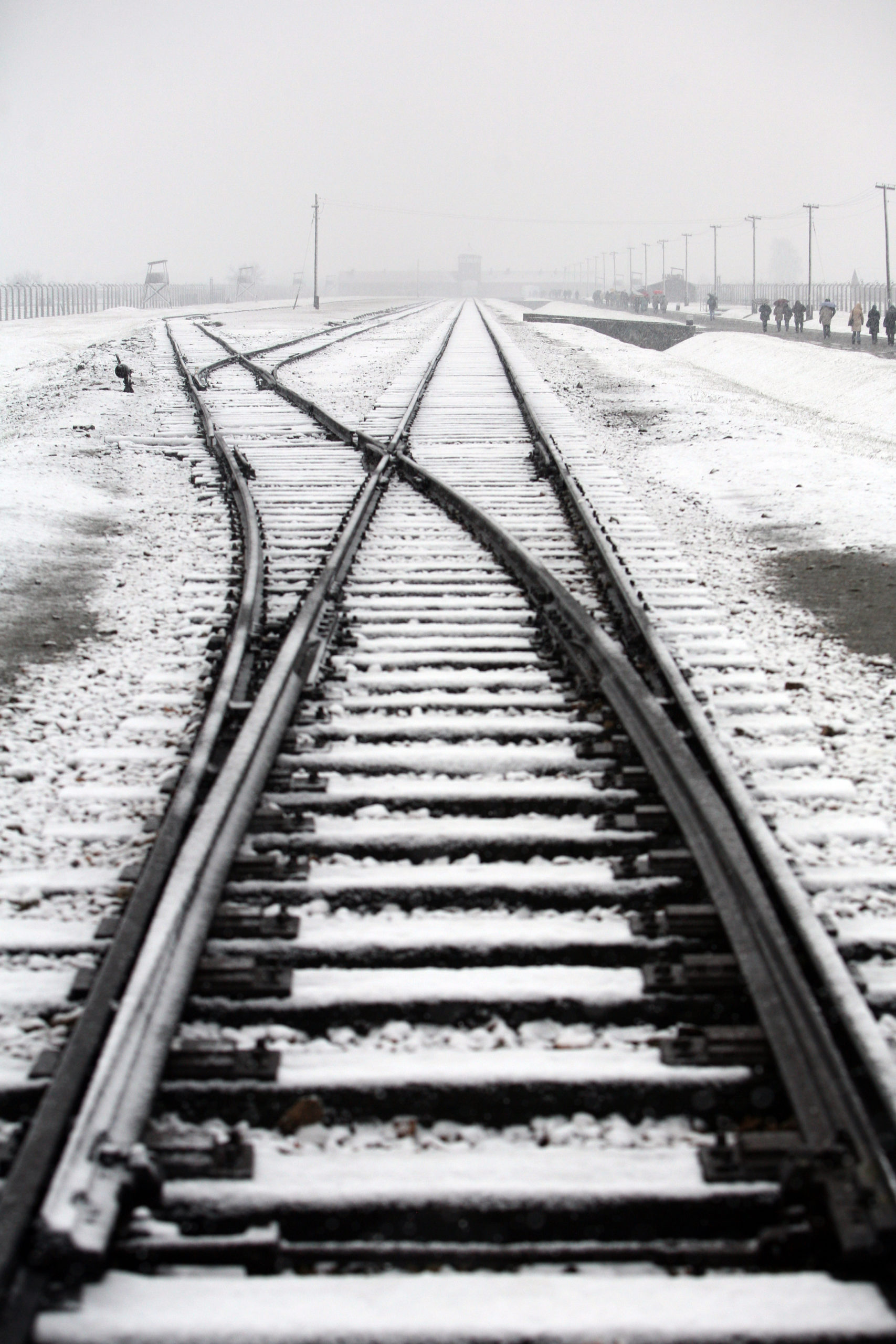
“Zigeunerfamilienlager” (“Gypsy family camp”)
Extract from “The Destruction of European Roma in KL Auschwitz: A guidebook for visitors”
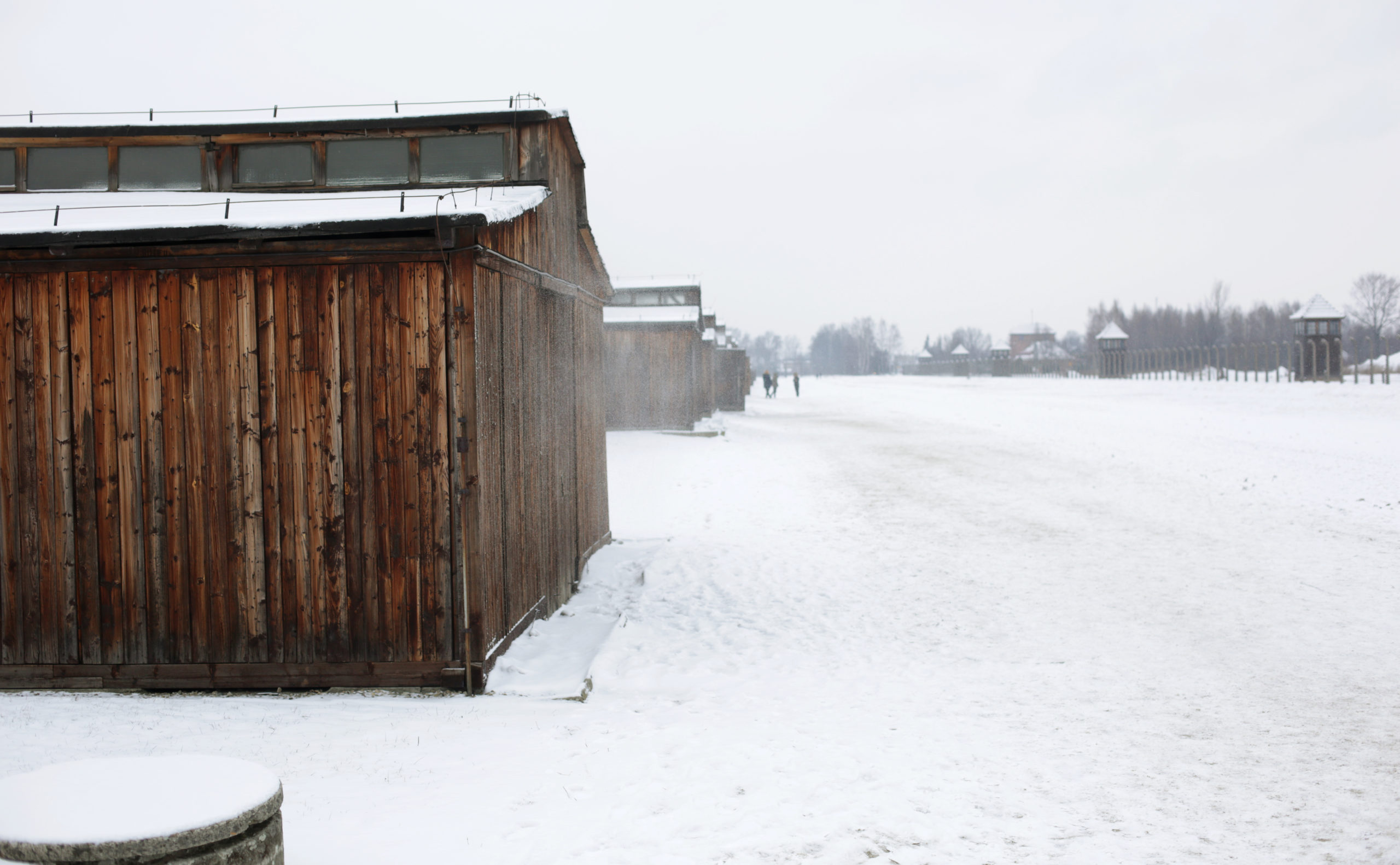
Arrival in the “Zigeunerfamilienlager”
Extract from “The Destruction of European Roma in KL Auschwitz: A guidebook for visitors”
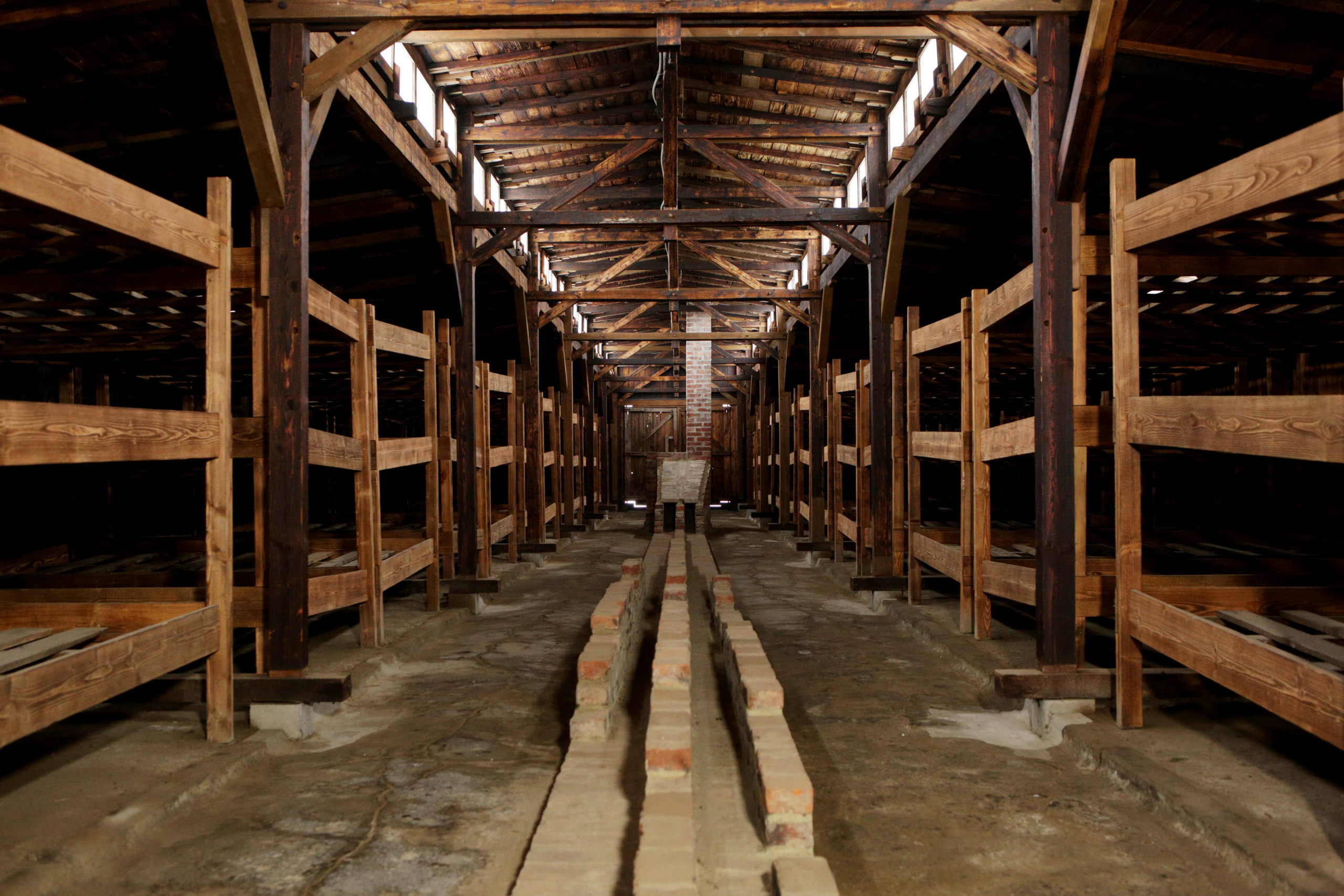
The life of Prisoners
Extract from “The Destruction of European Roma in KL Auschwitz: A guidebook for visitors”
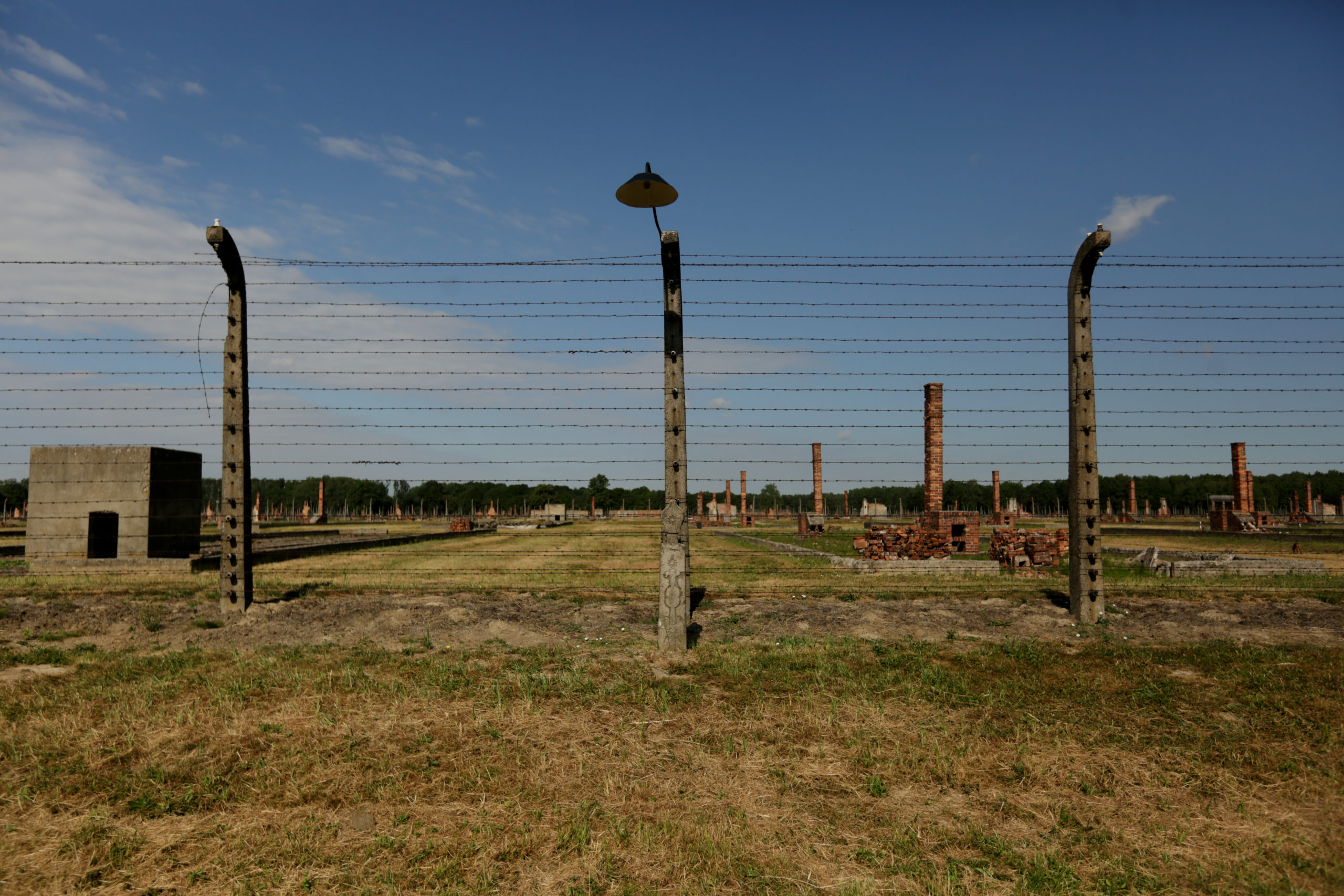
Children
Extract from “The Destruction of European Roma in KL Auschwitz: A guidebook for visitors”
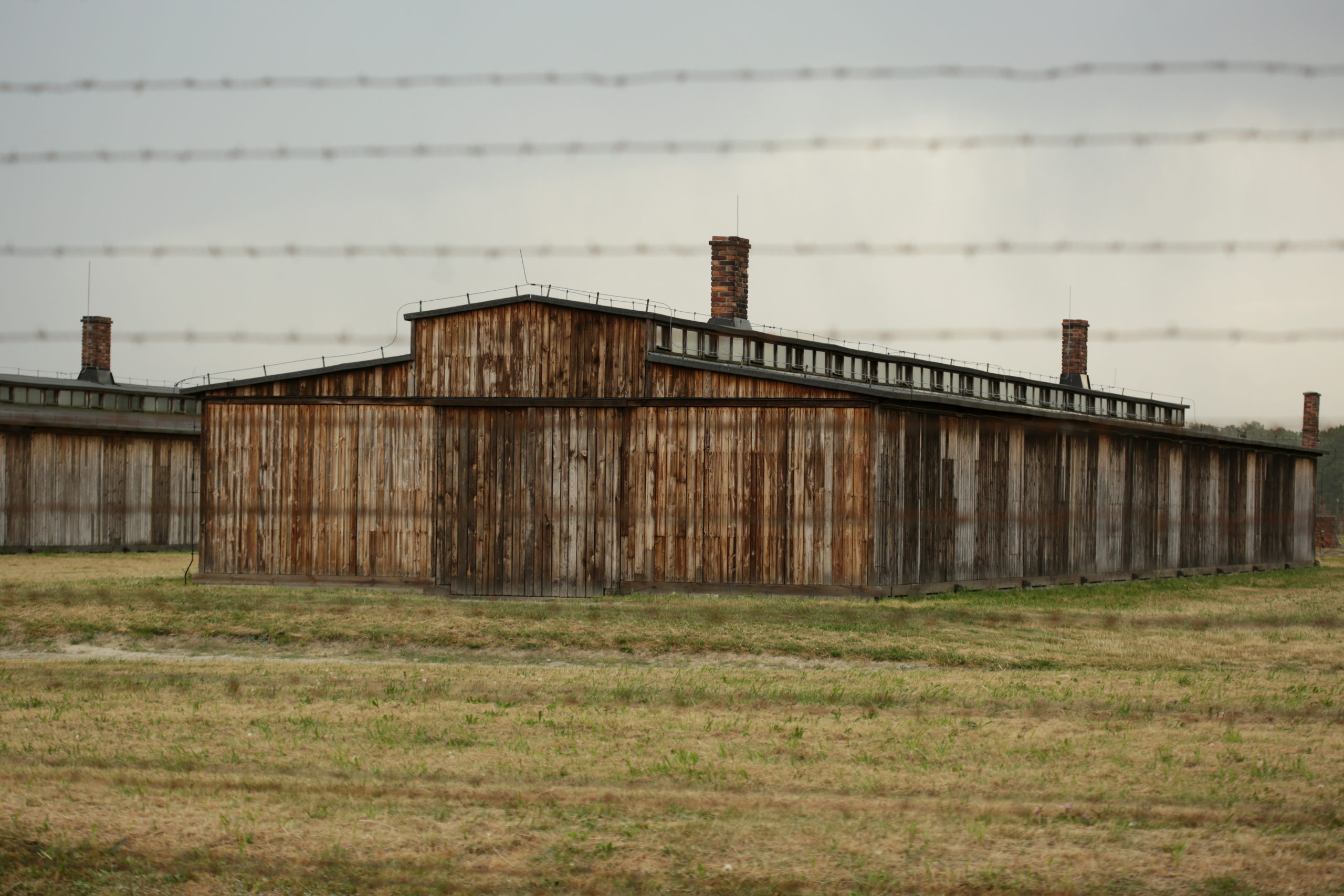
Dr. Mengele and experiments on prisoners
Extract from “The Destruction of European Roma in KL Auschwitz: A guidebook for visitors”




